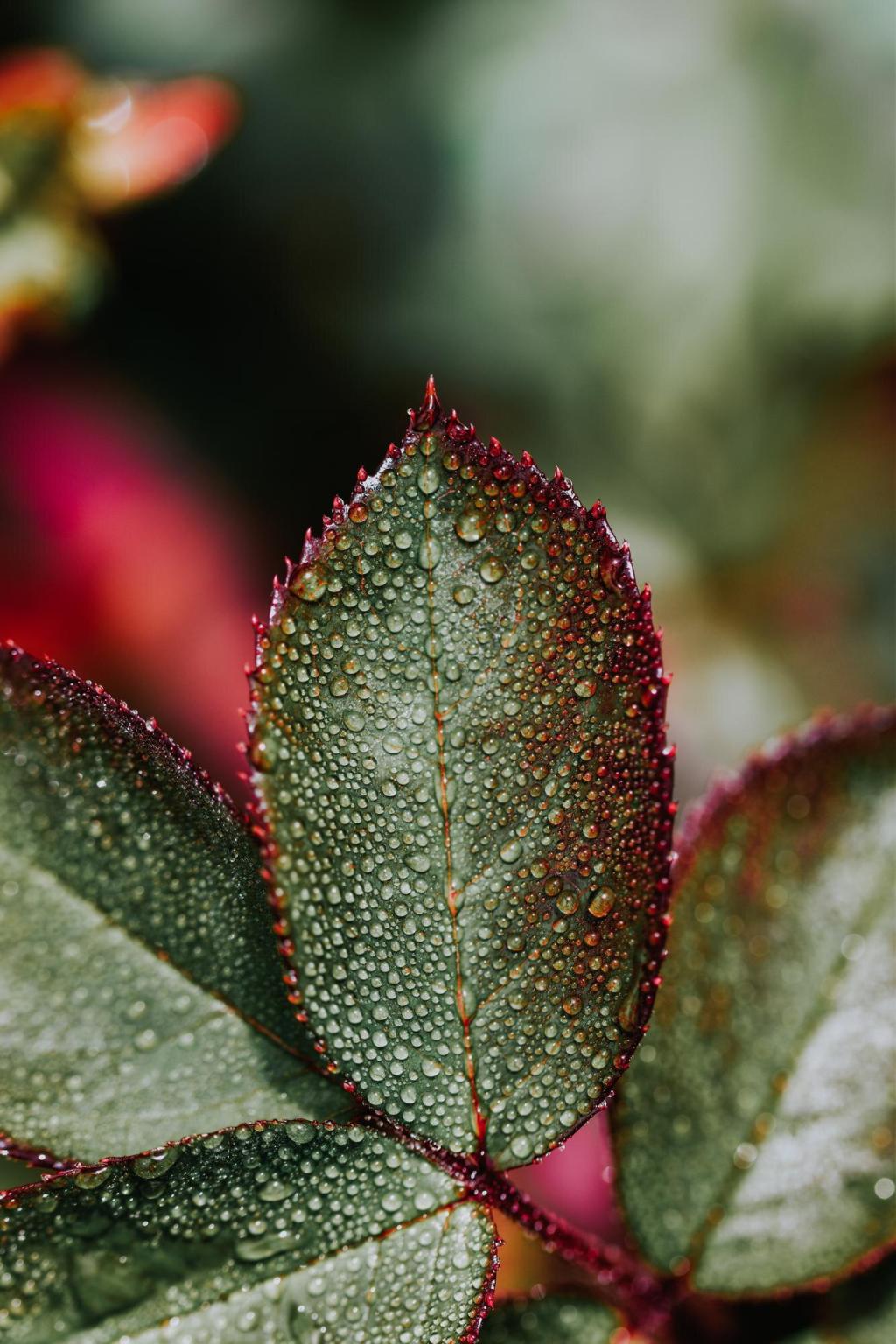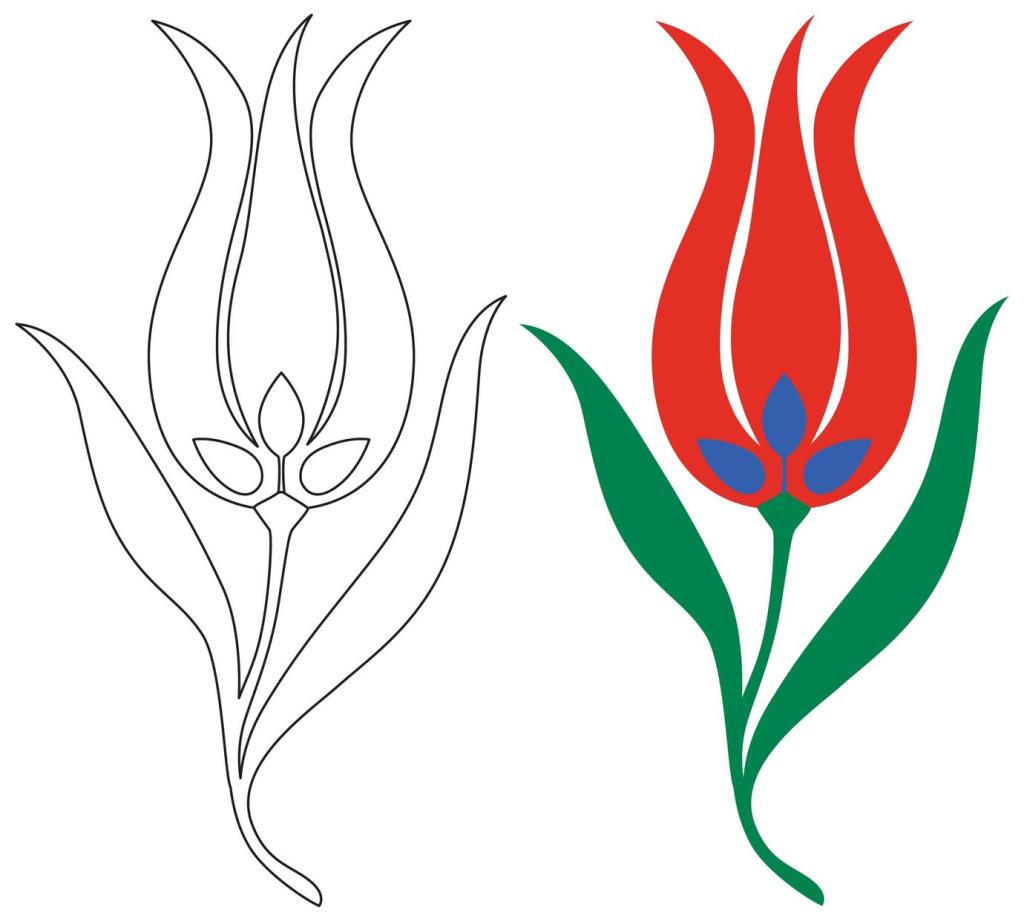
Biophilic Design Essentials: Living Closer to Nature at Home
Chosen theme: Biophilic Design Essentials. Welcome to a warm, practical guide to weaving nature’s calm into everyday rooms—through light, texture, pattern, air, and stories that remind us why we thrive when we bring the outdoors in.
What Biophilic Design Really Means
From Biology to Beautiful Rooms
Biophilic Design Essentials draws on the biophilia hypothesis popularized by E.O. Wilson and advanced by Stephen Kellert, then turns research into tangible design choices—like daylight, plants, and refuge—so your home feels instinctively supportive and alive.
Wellbeing You Can Feel
Biophilic Design Essentials focuses on measurable impacts: reduced stress, steadier heart rates, better focus, and improved mood. Studies consistently link natural light, views, and natural materials to performance and recovery, proving nature’s benefits are not just poetic.
A Small Story, A Big Shift
Biophilic Design Essentials started for me with a fern on my desk. In a gray winter, that living green anchor improved my morning focus and evening mood, reminding me small, living gestures can change how a room actually feels.
The 14 Patterns, Made Practical
Biophilic Design Essentials champions sunlight, fresh air, plants, water, and seasonal cues. Open blinds early, crack a window for cross-breezes, place a plant within arm’s reach, and let morning light mark time, restoring the rhythms busy calendars blur.

The 14 Patterns, Made Practical
Biophilic Design Essentials uses wood, stone, natural fibers, and fractal patterns to echo organic complexity. Even a woven rug with subtle irregularities relaxes the eye, while nature-toned palettes and tactile finishes invite hands to linger and minds to settle.


Light and Rhythm: Designing for Circadian Health
Biophilic Design Essentials recommends bright, cool-leaning morning light to signal “day.” Sit near an east-facing window, keep window frames clean, and layer sheer curtains to diffuse glare without losing intensity, helping your brain switch on without harsh, artificial blasts.
Light and Rhythm: Designing for Circadian Health
Biophilic Design Essentials suggests adjustable shades, matte surfaces, and plants to soften midday brightness. Redirect hard beams with louvers or light shelves so rooms glow evenly, preserving alertness while protecting eyes from the fatigue that flat, overlit spaces can cause.


Materials, Colors, and Patterns That Echo Nature
Biophilic Design Essentials prefers oiled woods with visible grain, knots, and variation. These signs of life patinate beautifully, inviting touch and storytelling. Look for certified sources, lighter finishes in dim rooms, and contrast edges that subtly guide movement.
Materials, Colors, and Patterns That Echo Nature
Biophilic Design Essentials recommends stone, clay paint, and limewash to regulate humidity and diffuse light. Their matte sheen calms reflections, while micro-texture catches shadows softly. Pair with open shelving and plant leaves to create gentle, ever-changing surface drama.
Plants With Purpose
Start Simple, Grow Confidence
Biophilic Design Essentials recommends resilient plants like pothos, snake plant, and ZZ. Place them within your daily sightline to remember watering. Use breathable pots, bottom watering trays, and a monthly rinse to keep leaves dust-free and efficiently photosynthesizing.

Layouts, Prospect, and Refuge
Biophilic Design Essentials pairs a wide view with a sheltered seat. Place a sofa facing windows or a doorway, then tuck a reading nook behind a bookshelf or plant. This balance steadies vigilance while offering restorative privacy and calm.
Biophilic Design Essentials shapes movement with soft boundaries: screens, archways, and curtain layers. Offer glimpses into the next space—never the whole picture at once—so curiosity invites you forward. The result feels playful, not confusing, like walking a forest path.
Biophilic Design Essentials integrates fresh air and quiet. Use cross-ventilation, soft textiles, and plants as mild sound diffusers. Add a small water feature for gentle masking and place it where light shimmers, making calm both heard and beautifully seen.

